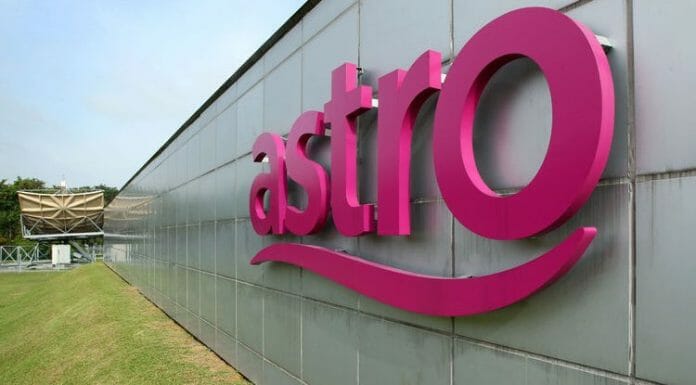Traditional media’s lack of innovation compared to digital media, declining PayTV subscription trends, the potential for generative AI to widen digital media’s competitive advantage, and traditional media’s bloated legacy cost base were identified as key issues.
Additionally, Malaysian Advertising Expenditure Adex was deemed not yet in recovery, as both consumer and business sentiment indices remained below the 100-point optimism threshold, and no stock picks were identified for the sector.
Kenanga Investment Bank (Kenanga), in its report on June 21, 2024, maintained its UNDERWEIGHT recommendation on the media sector. Kenanga expected some recovery in adex after a sluggish CY23, maintaining a FY24 adex growth estimate of 10.8% YoY, driven largely by digital media and free-to-air TV (FTA TV) due to improving consumer and business sentiment.
However, for 2QCY24, YoY adex growth was expected to moderate as advertisers held back in anticipation of the upcoming Paris Summer Olympics.
Traditional media was noted to be unable to fully leverage improved adex given stiff competition from new media, including streaming apps, mobile apps, and social media platforms.
The popularity of these digital media channels stems from structural shifts towards short video formats, AI-curated personalised content, lower cost per impression, and interactive platforms enabling user engagement.
According to the Malaysian Institute of Economic Research (MIER), the Consumer Sentiment Index (CSI) slipped by 2.3 points sequentially to 87.1 in 1QCY24, due to persistent concerns about inflation, employment prospects, and personal finances.
However, the Business Conditions Index (BCI) expanded by 5.3 points QoQ to 94.3 points in 1QCY24, driven by higher sales and domestic orders, which offset a drop in capital investments.
The implementation of the High-Value Goods Tax was put on hold, and starting in December, civil servants would enjoy a salary hike of more than 13%.
Additionally, the Rahmah Cash Aid targeted subsidies might be raised following the successful rollout of the Central Database System (PADU), potentially boosting consumer and business sentiment to cushion the impact of a higher Sales and Services Tax (SST).
Potential relief in the PayTV subscriber decline was projected, with cord-cutting trends expected to moderate following the introduction of ASTRO’s cheaper entry-level packages starting from RM40 per month. ASTRO’s broadband bundling strategy was also seen as a means to enhance customer retention and alleviate churn, despite a 3.7% YoY decline in PayTV subscriptions in 1QCY24.
Kenanga reiterated its UNDERWEIGHT recommendation on the sector, citing the murky outlook for traditional media unless it swiftly reinvents itself or diversifies into profitable adjacent businesses. Smaller media players were expected to struggle to break even, while larger ones would grapple with softer top lines amidst a high-cost base compared to digital media.
Investors were advised to remain cautious, considering the sector’s challenges and the need for traditional media to adapt to the rapidly changing landscape dominated by digital content creators.









